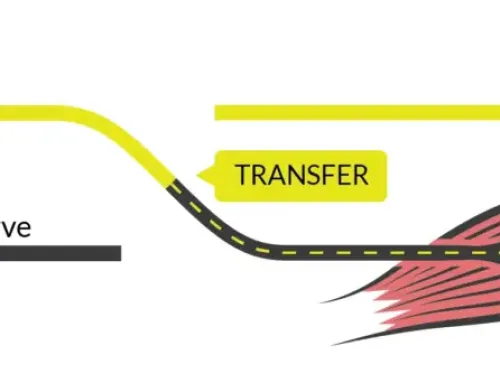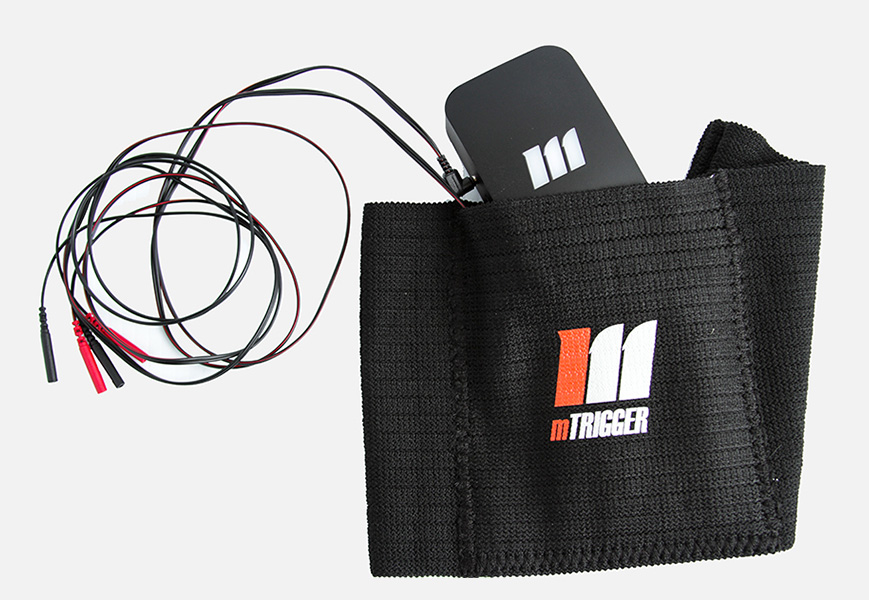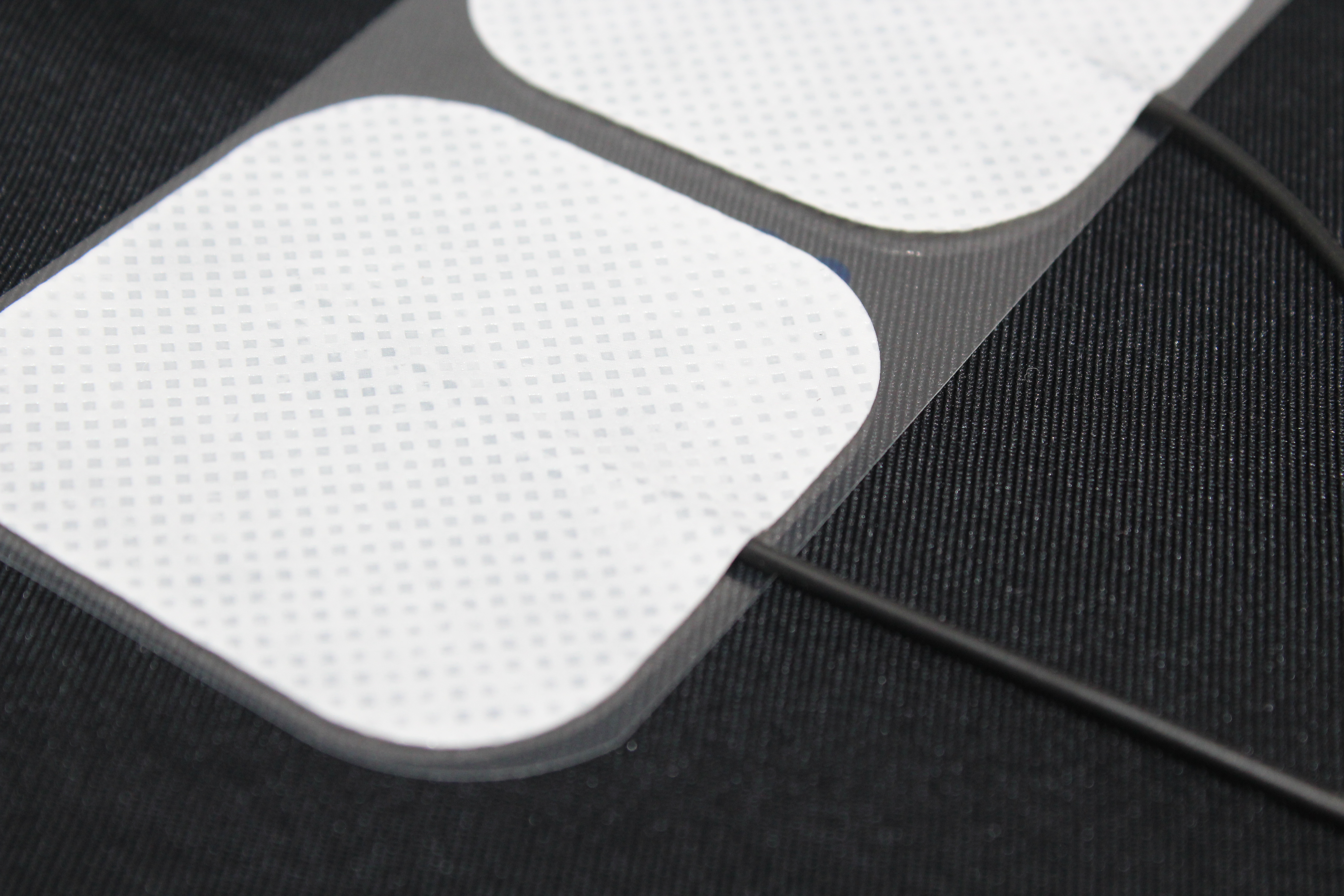Scroll down to access ACL Protocol download
ACL injuries can be devastating for athletes, resulting in months of physical therapy and lost play. When rehabilitating after ACL surgery, the overall goal is to regain range of motion, increase strength, and improve movement patterns. After injury, quad function can drop by 50%, meaning that the early treatment plan focuses on learning to turn the quad back on. The addition of mTrigger biofeedback to muscle strengthening exercises helps to facilitate the recovery of quadriceps muscle function following ACL reconstruction.[1,2]
As the quad becomes more efficient and range of motion improves, physical therapists can begin working functional activities, including (when appropriate) running, cutting, and jumping. Around six months post-op, treatment can re-focus on more intense strength and conditioning in preparation for getting back to sport around 9-12 months. Post operatively, patients tend to offload their surgical limb.[3,4] These deficits can translate to landing and more advanced movements when not addressed. It is critical to work on squat biomechanics and muscle activation so that the correct movement patterning transfers to more dynamic and sport specific skills down the road.[4]
Using biofeedback during ACL rehabilitation speeds up recovery time by improving the efficacy of every muscle contraction. Through visual feedback, each rep is maximized and optimized, teaching accurate movement early on. Biofeedback should be in the arsenal of every expert looking to provide high quality care for their ACL patients.
Take it from Russ Paine, ACL expert and mTrigger co-founder: “Don’t stop using mTrigger too early! You should start your sessions with mTrigger to identify the initial EMG deficit, but it is highly important to keep using mTrigger in every single session. You have to keep teaching your patients to tone and recruit slow twitch muscle fibers since they are the most affected by the atrophy.”
Check out how we incorporate mTrigger biofeedback into our ACL Protocol – download using the form below!
References
[1] Draper V. Electromyographic biofeedback and recovery of quadriceps femoris muscle function following anterior cruciate ligament reconstruction. Phys Ther. 1990;70:11–17.
[2] Christanell F, Hoser C, Huber R, et al. The influence of electromyographic biofeedback therapy on knee extension following anterior cruciate ligament reconstruction: A randomized controlled trial. Sport Med Arthrosc Rehabil Ther Technol [Internet]. 2012;4:1–10. Available from: https://link.springer.com/articles/10.1186/1758-2555-4-41.
[3] Bell DR, Kulow SM, Stiffler MR, et al. Squatting mechanics in people with and without anterior cruciate ligament reconstruction: the influence of graft type. Am J Sports Med [Internet]. 2014;42:2979–2987. Available from: https://pubmed.ncbi.nlm.nih.gov/25305265/.
[4] Queen RM, Peebles AT, Miller TK, et al. Reduction of Risk Factors for ACL Re-injuries using an Innovative Biofeedback Approach: Rationale and Design. Contemp Clin Trials Commun [Internet]. 2021;22:100769. Available from: /pmc/articles/PMC8100073/.








Leave A Comment